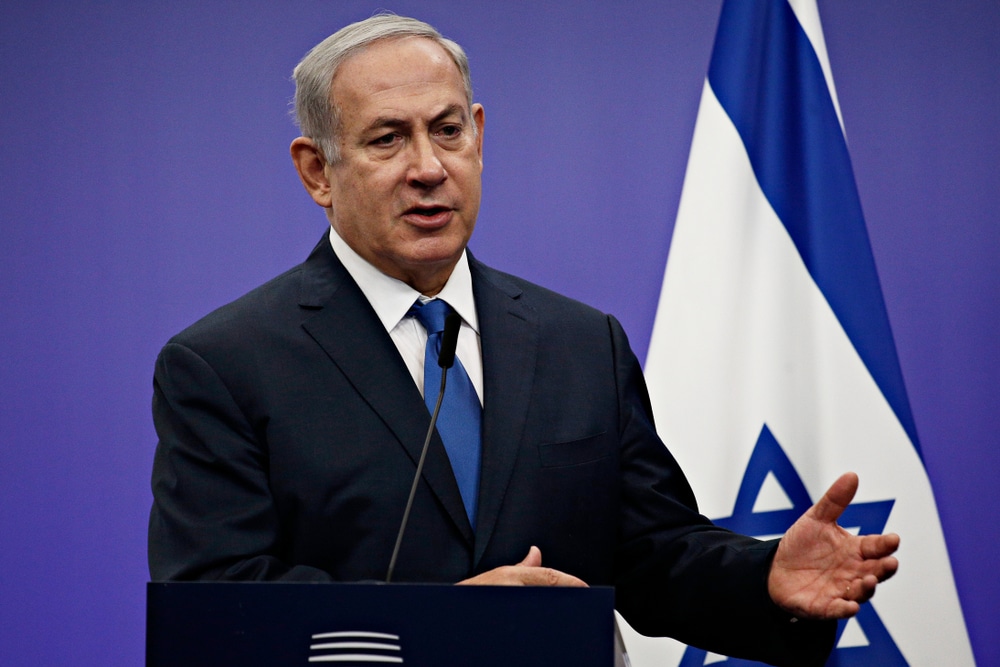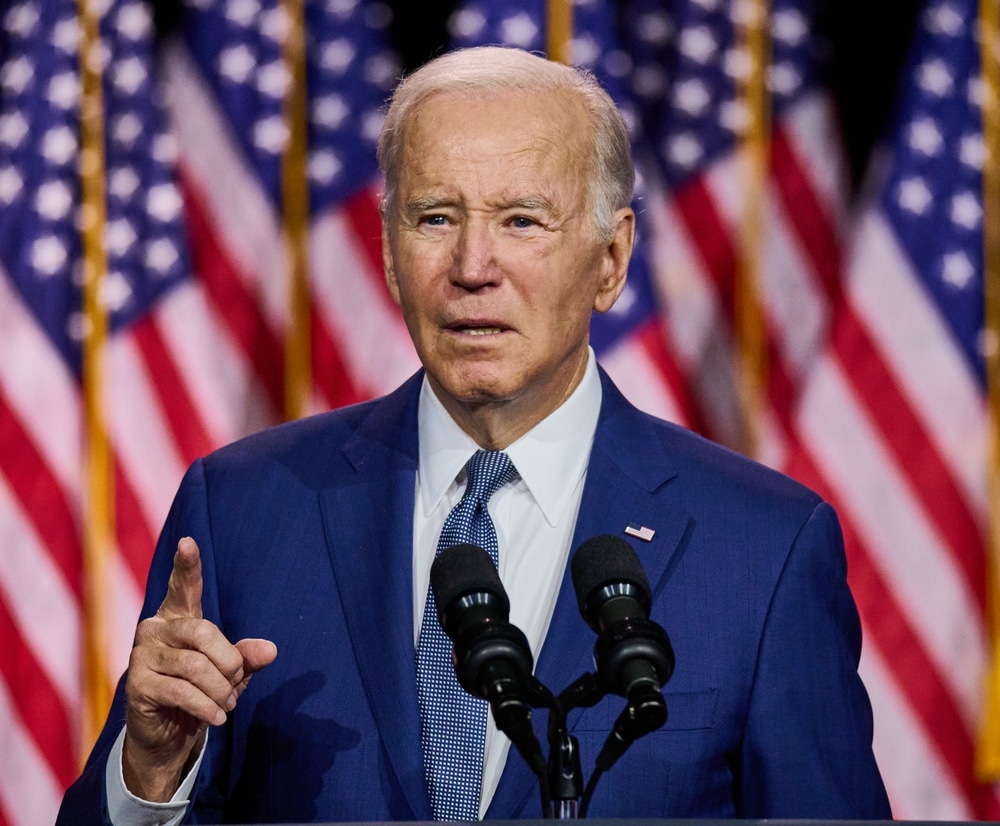The Pentagon has announced plans for a new nuclear bomb 24 times as powerful as the one dropped on Hiroshima in 1945. It comes days after it emerged China plans to double its arsenal of nuclear warheads to over 1,000 by 2030.
America’s proposed new B61-13 nuclear gravity bomb would be dropped from aircraft including the $692 million B-21 Raider stealth bomber, which is currently in development.
Gravity bombs are unguided but the new one would have a tail kit helping with targeting and making it more accurate. The new weapon has to be signed off by Congress but met with immediate signs of approval from Republican hawks.
The Pentagon said: ‘The B61-13 will strengthen deterrence of adversaries and assurance of allies and partners by providing the President with additional options against certain harder and large-area military targets.’
Assistant Secretary of Defense for Space Policy John Plumb did not mention China or Russia in discussing the new weapon. But he said: ‘Today’s announcement is reflective of a changing security environment and growing threats from potential adversaries.
‘The United States has a responsibility to continue to assess and field the capabilities we need to credibly deter and, if necessary, respond to strategic attacks, and assure our allies.’
He added: “The B61-13 represents a reasonable step to manage the challenges of a highly dynamic security environment. It provides us with additional flexibility.’
The weapon is the latest iteration of the B61 gravity bomb, which has been a key plank of the U.S. nuclear deterrent since the Cold War.
It will have a maximum yield of 360 kilotons – 24 times the roughly 15 kiloton yield of the bomb that was dropped on the Japanese city of Hiroshima on Aug 6, 1945. The bomb dropped on Nagasaki three days later had a yield of about 25 kilotons.
Production of what is expected to be a small number of B61-13s will not increase the overall number of nuclear weapons in the U.S. arsenal as others will be retired.
The U.S. currently has around 3,700 nuclear warheads, of which 1,419 are deployed. B61-13s will have less than one-third the power of the biggest U.S. nuclear weapon – the B83 – which has a yield of 1.2 megatons, 80 times the Hiroshima bomb.
Barack Obama tried to retire the B83 but Donald Trump ended that effort. There were suggestions the Biden administration could use the proposal of the B61-13 to convince Republicans in Congress to get rid of the B83.
during the 2020 election campaign, Biden vowed to “bring us closer to a world without nuclear weapons so that the horrors of Hiroshima and Nagasaki are never repeated.’
However, the U.S. is now engaged in its most ambitious nuclear weapons effort since World War II. It is spending more than $750 billion over the next decade to revamp nearly every part of its aging nuclear defenses because some systems and parts are more than 50 years old.

















